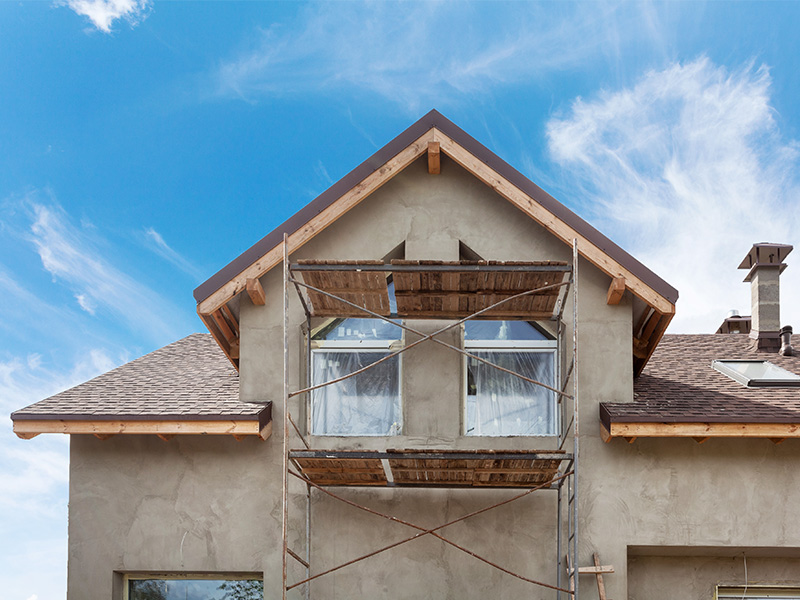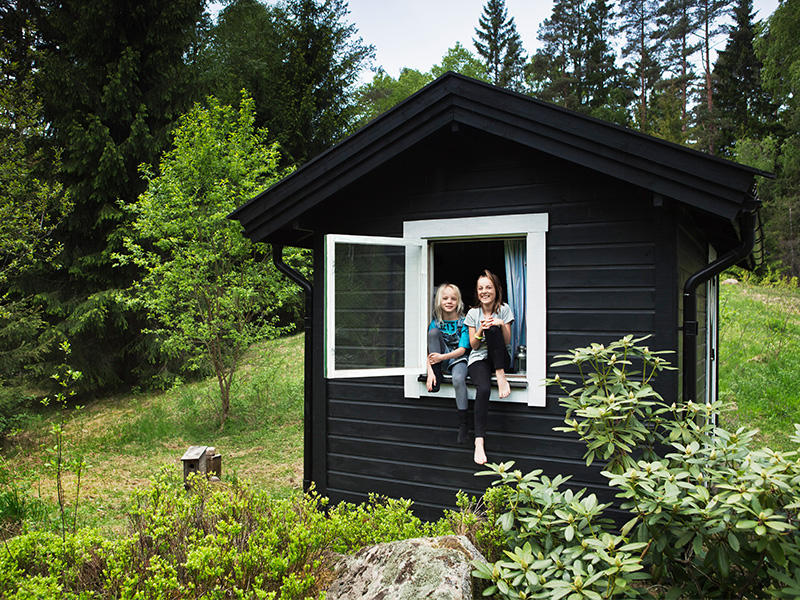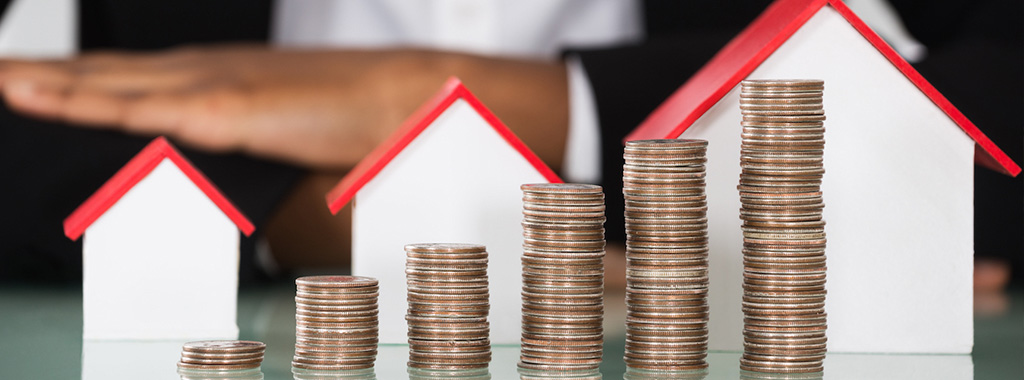After the collapse of the housing market in 2008, homebuilding is back on the rise, and the cost of housing is increasing nationwide. Enter: Alternative homes.
According to the United States Census Bureau, in the third quarter of 2017, the median asking price across the country for a vacant rental unit reached an all-time high of $912. In comparison, the median rental price for vacant units in 1997 was below $500 nationwide. That kind of an increase outpaces inflation, adding significant burden to the wallets of renters nationwide. What’s more, the Joint Center for Housing Studies of Harvard University (JCHS) reports that nearly 48% of renters in 2015 spent more than 30% of their income on housing, with lower-income homes being the most affected.
The price of owning a home is also on the rise. Since the height of the economic downturn, home values have since been restored to the same levels seen in 2006, according to JCHS. However, that doesn’t include the real value adjusted for inflation, which has yet to reach 2006 levels. Homeownership rate has also been on a steady decline for the past 12 years, meaning more people are opting to rent rather than own.

Furthermore, while home construction has increased, it still lags behind pre-recession numbers due in part to labor shortages. Many factors are at play, but what’s noticeable in recent years is the effect the housing market is having on alternative home construction.
Whether it’s millennials choosing to live with their parents for longer, the Instagram and reality television–fueled tiny-home movement, or adding more sustainable and environmentally friendly materials in homes, it wasn’t until recently that alternative living arrangements really hit the mainstream. These movements have their own challenges, but they’re gaining steam as more and more people look for solutions to rising rent and mortgage prices.

To combat material prices and labor shortages, more builders have started to embrace modular building — also called “prefab,” prebuilt, factory-built, panelized or prefabricated. With less waste, shorter construction times and precision engineering, the recent recession and successive housing bubble have helped the prefab construction industry grow, according to modular building industry spokespeople quoted in a recent Forbes article.
Tiny homes are another housing alternative that many are considering across the country. Billed as a new way of living, the tiny-home movement centers on a minimalist approach to creating a home. While the movement promotes the benefits of decluttering, minimizing our use of space, and putting more emphasis on life experience outside of the home, it remains to be seen how realistic the idea is. It might not be for everyone.

While increasing urbanization may be pushing rent prices up in metro areas, people are finding creative ways around the burden. Coliving is another trend that’s seeing a rise, particularly in young, tech-friendly communities.
With so many factors determining rental and mortgage prices — from shifting population density and land availability to construction rates and labor shortages — we’re not surprised to see people coming up with new, innovative ways to think about living. As long as builders and developers continue to create safe, strong structures for their occupants, we’re excited about the different ways “living” can look in the future. What about you?


